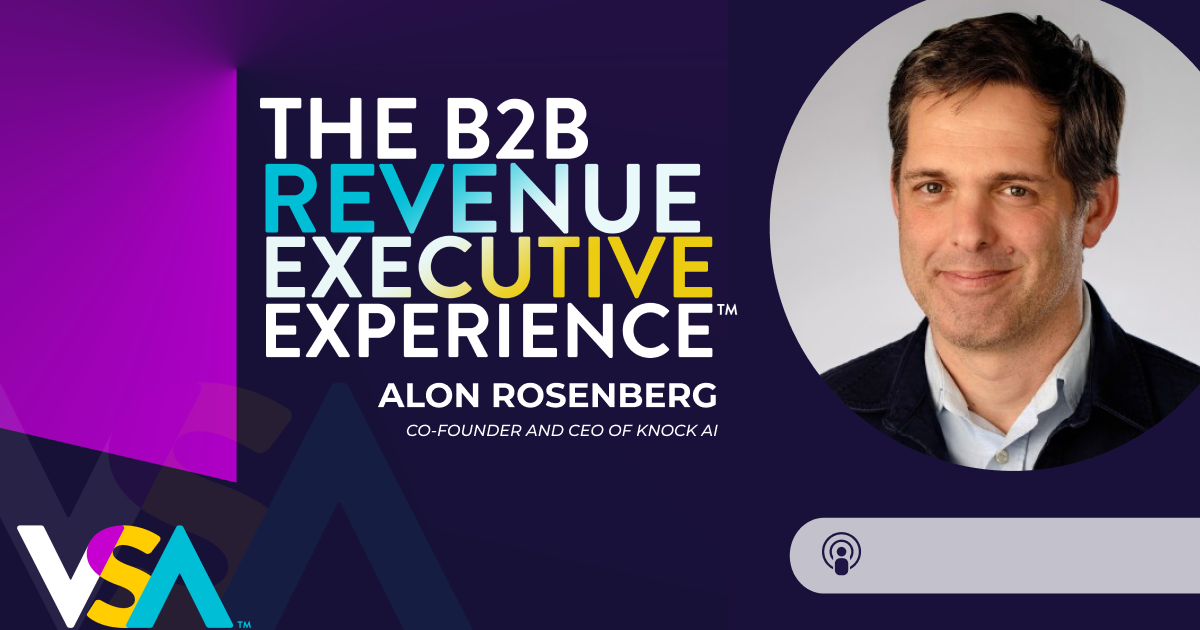Understanding Retail Dynamics

Turn on the news and you hear countless stories about store closings and forgotten malls – no doubt casualties in the evolution of retail. With ecommerce displacing brick and mortars, it’s easy to cry “death of retail,” but retail is very much alive and thriving.
To better understand the new retail landscape, we sat down with Michael Dart, partner at A.T. Kearney and author of Retail’s Seismic Shift: How to Shift Faster, Respond Better, and Win Customer Loyalty.
How Retail is Changing
From store closings, to pop-up experiences, the retail world is facing some drastic changes. “Quite often you hear, ‘retail apocalypse – oh no’,” Michael said. “Those opinions miss the fundamental forces that are shaping our industry.”
Here are the three biggest reasons why retail is changing:
- Supply and demand imbalance. There’s more supply of material goods than the underlying demand for those materials in our economy. Globalization has driven efficiency and new sources of supply, but demand has remained the same. “When supply and demand is out of balance, the supply curve moves down the demand curve and price falls,” Michael said.
- Massive fragmentation in consumer tastes. This has been happening for some time, but has been accelerated by younger generations. “We’re moving from Kraft foods with a ‘K’, to Craft foods with a ‘C,'” Michael said. More smaller, niche brands are coming in and becoming popular. “That is creating the de-massification of our economy. The mass market is no longer appealing to people because they’re looking for something much more individual.”
- Technology catalyst. Technology has been able to create new business models and link buyers and sellers in ways that were never anticipated before. Retail that was once designed for the car, is now designed for the smartphone.

A Better Experience
According to Micheal, consumer habits and behaviors have shifted to seek out better experiences – the result of having more supply than demand. But many brick and mortars haven’t caught up. Michael says retailers need to use “rational altruism,” or the idea of solving problems for the consumer in a meaningful way, rather than the company’s self interests, while still maintaining revenue. “You’re only going to go to the store if experience is greater than convenience,” Michael said.
Retailers need to be able to develop an empathy for the consumer in order to survive, Michael says. “Every retailer, every brand should be posing three questions,” Michael said. “Do you believe we’re really interested in improving your life? Do we understand your life? And do you believe we have your interests at the core?”
Pop-up stores and entertainment retailing have managed to create powerful experiences that consumers want to engage with. Values-based or community-based retailing, like farmers’ markets, is another way for retailers to provide a more engaging experience, Michael says. “It stops being a chore, and actually becomes part of your leisure time.”

Creating a Strong Brand
Building a strong brand is key in the retail world. According to Michael, there are five ways a company can build a strong brand:
- Have a clear set of values.
- Raise the consumer’s self-esteem.
- Be innovative.
- Be relatively scarce.
- Have a consistent identity.

What is Most Effective When Someone is Trying to Sell You?
We like to ask our podcast guests this question. Here’s how Michael answered:
“This whole idea of empathetic concern and really understanding what it’s like to be in someone else’s shoes. So, based upon anybody’s inside knowledge and understanding of what I do and what I’ve done, thinking about that, putting themselves in my shoes and thinking how would they, if they were me, like to be approached on something. What would add value?”
Acceleration Insight
In every episode of the B2B Revenue Executive Experience, we try to pull one nugget of wisdom from our guests that they would impart on a sales professional. Here’s this one:
“In every interaction, think about the following three things: number one – be a solution to a problem, secondly, tell a story about how you solved that problem and then thirdly, ask a question to the person about that problem or issue that can’t be answered with a yes or no answer.”
This post is based on a podcast interview with Michael Dart, partner at A.T. Kearney and author of Retail’s Seismic Shift: How to Shift Faster, Respond Better, and Win Customer Loyalty. To hear this episode, and many more like it, you can subscribe to the B2B Revenue Executive Experience.
If you don’t use iTunes, you can listen to every episode here.
Explore More









